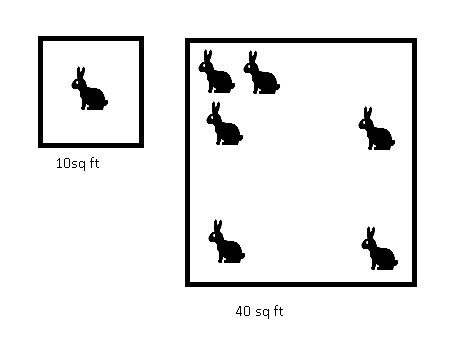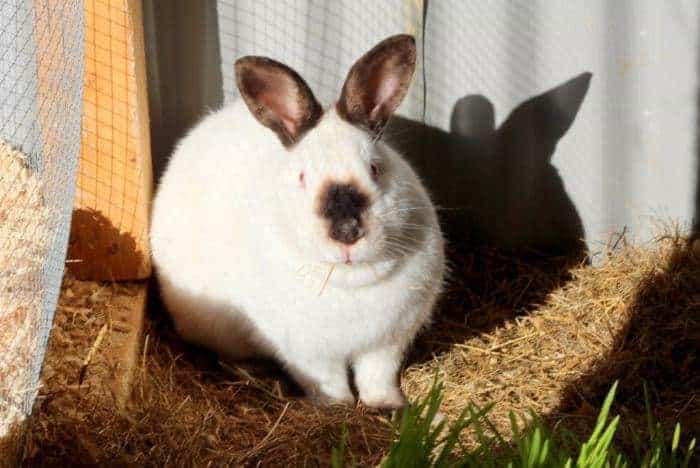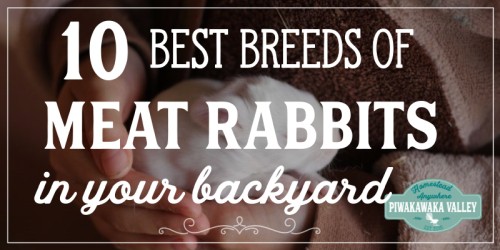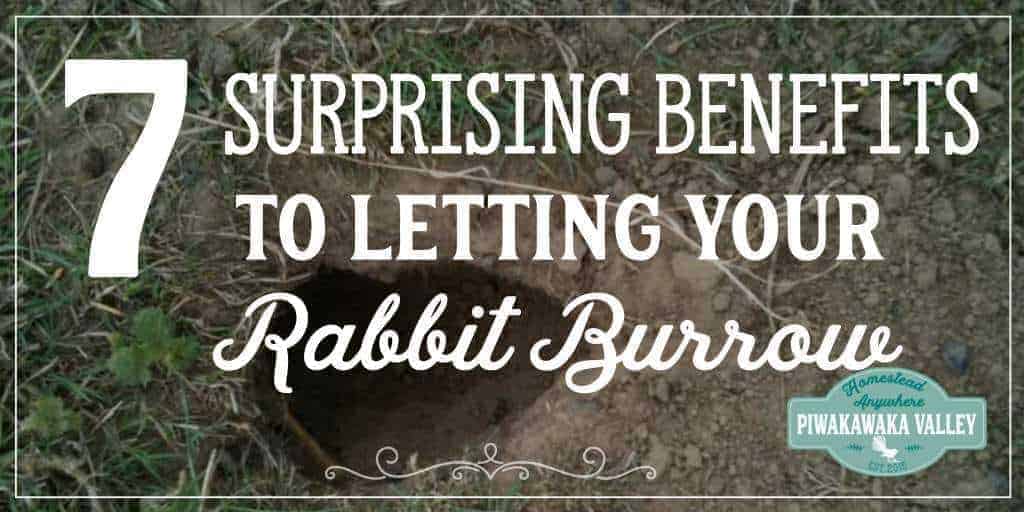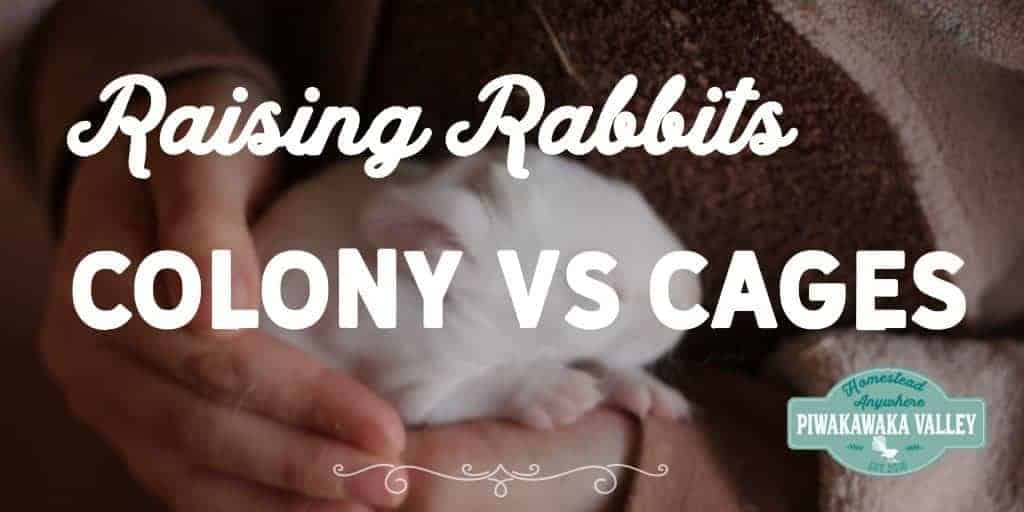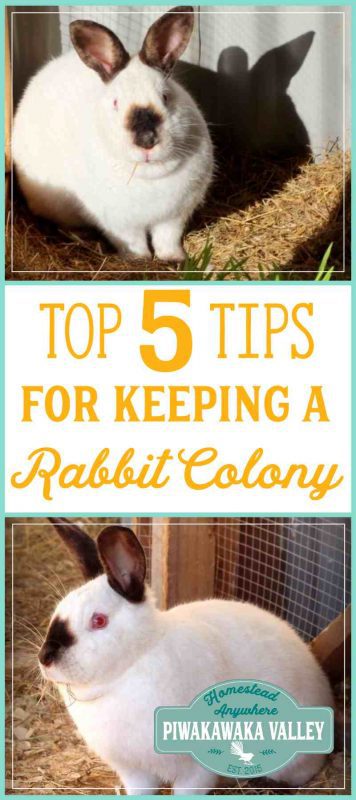This post was most recently updated on July 27th, 2021
Keeping a rabbit colony is the easiest and best way to raise your rabbits. Rabbits love living in group housing and are naturally very social animals.
Please read: This information is provided for educational purposes only and is not intended to treat, diagnose or prevent any disease. We encourage you to make your own health care decisions in partnership with a qualified health care professional.
This post contains affiliate links, this means at no extra cost to you, we make a commission from sales. Please read our Disclosure Statement
Here are the 5 most commonly asked questions when starting look into raising meat rabbits in a colony and the answers.
How Much Space Do I need For A Rabbit Colony?
The standard answer is 10 sq ft (1m2) per buck or non-breeding adult and 20 sq ft (2m2) per breeding doe.
This extra space is to allow for her babies (the kits are called grow-outs once they are weaned). We are finding that the bigger your colony area is, the less room you need to allow for the rabbits each, within reason. You can get away with this as there is more empty space that a rabbit is not currently in as the rabbits are generally quite social, and love to snuggle up together. as long as there are plenty of places for the rabbits to hide or climb on they are happy with sharing their space.
As you can see in this picture, you can fit 6 rabbits in a space theoretically only big enough for 4 when you combine it all together.
In a 100 sq ft (10m2) space you can easily house 1 buck and 4 does and their offspring to slaughter weight of 5lb (2.5kg).
If you are planning on growing the kits past 12 weeks of age, they need to be caught and sexed and placed in segregated growout colonies, does away from bucks. Failure to do so will result in you having a population explosion on your hands within a month!
Some people prefer to grow them on for a larger carcass, others want them to be around 6 months old to use the pelts. Whatever your reason, if you want them to keep growing and not stunt their growth, keep the genders separated. A large chicken tractor works well as growout pens.
Want to know all about raising rabbits in a colony?
Check out our very own book here:
Available on Kindle and in paperback or from our store
What Do I Put On The Floor?
This is a matter of personal preference and it depends what you have available to you and your own philosophy. There are several options.
1). Dirt
If you have the space, the ultimate option is to have your rabbit colony on dirt. They can burrow in it, the wee and spilled water drains away and the poop decomposes naturally.
RELATED: Benefits to letting your rabbits burrow
2). Pine wood shavings
These are great if you want to try the deep litter method in your rabbit colony. The rabbits like to dig in them and flick them around and they soak up the moisture while emitting a nice pine smell. Ideal if a). You want lots of compost for your garden and b). You can get these cheap or free from somewhere. Try a local woodturning shop, we get ours from a place that makes beehives of all things!
3). Straw or Hay
Either of these will work just fine for the floor of your rabbit colony. The downside being that you may have to pay for them. I find hay and straw quite difficult to move when it comes to muck-out time, it all mats together and a fork is the best tool to use to move it. It is pretty absorbent, and the buns can use it to build their nests.
4). Concrete
If your shed/barn already has a concrete floor that is great! I wouldn’t go to all the effort of pouring concrete for a rabbit colony if it doesn’t have one. However, you can probably drum up free pavers or bricks to use instead. Concrete is great for staying cool in summer and keeping the cold out in winter. It is hard so it wears down the rabbit’s claws. The concrete can, however, absorb the bunny pee smells. Consequently, you will have to give it a serious clean down once or twice a year to keep it from building up too much.
5). Stall mats
These are rubber mats designed to go on the bottom of a horse stall. They are solid and robust and easy to keep clean. They are however quite pricey. The people that I know that use them in their rabbit colony they swear by them.
RELATED: What to do with a sick rabbit
How Do I Stop The Rabbits Escaping?
If you are going with dirt on the floor of your rabbit colony enclosure, there are several options for keeping the rabbits in.
1). Dig around the perimeter of your enclosure down at least 3-4 feet and put down either netting (will rust fairly quickly), corrugated iron (will rust after a few years) or heavy duty geotextile fabric (get the best, thickest that you can afford). Then backfill and fence well.
2). Use a solid floor enclosure like concrete, old pavers or chimney bricks.
3). Put down a thick, large stone, layer of gravel or rock fill. At least 1 ft deep. On top or under this you can put a layer of geotextile fabric or netting. Then you should cover the whole thing with a layer of dirt.
4). Put down netting, then around the perimeter put bricks or pavers to hold it down well – rabbits aren’t stupid as it turns out! Make sure it is a thick wire or they can bite through it.
If you put a large pile of dirt in the center of your colony you will encourage them to dig and nest in it rather than digging to escape.
How Do I Introduce Rabbits To A Colony?
For a new colony, when all the rabbits are new (and preferably young) you can simply put them all in, all at once and watch and wait. There may be a few scuffles but generally, they settle in pretty quickly.
If you already have a couple of rabbits in an area (especially if one is a queen doe and particularly bossy) you may have to take the slow route. To do this you need either an internal pen in your rabbit colony, or you can use a large dog crate. Make sure the rabbit in there has some shelter.
Give the new rabbit a couple of weeks in their crate/pen inside the colony to meet everyone first. Let the new rabbit out for 2-3 visits first and arm yourself with a squirty water bottle to break up any major fights. You will probably find they get on just fine.
Sometimes it is easier to remove the dominant doe. You can put her in the pen/crate and let the new one get settled in.
*Always quarantine new animals away from your main Rabbit Colony group for 40 days prior to introducing them!*
What Do I Do With The Buck In A Rabbit Colony?
This is a matter of personal preference. If you need to know when a litter is due and control the breeding schedule then he will have to be kept separate from the does. How you do this is up to you.
RELATED: Breeding and raising rabbits
Some people successfully run a bucks colony, and without the girls around they mostly get on fine. With girls around the senior bucks can get pretty nasty. I have seen photos of a young buck castrated by an older one. Then you will need a breeding pen where you put the chosen buck and doe to do their business, then they both go home again.
You could also keep your buck in a hutch on the back lawn, or in a pen within the colony (some sneaky bucks manage litters this way!).
Or you can run the buck/s in with the does all the time. After the initial baby boom, they do slow down and the does will control the mating. You will find they settle into a natural rhythm. They will have more babies in spring and autumn/fall and fewer babies in the heat of summer and cold of winter. This is the method we have chosen to follow.
I prefer to keep our rabbit colony as hands off and as natural as possible for the rabbits. This is less work for us and less stress for the bunnies.
If you would like to read more about keeping meat rabbits in colonies, have a read over our Keeping Meat Rabbits in a Colony Series.
Please Pin and share with your friends!
Want to know all about raising rabbits in a colony?
Check out our very own book here:
Available on Kindle and in paperback or from our store


